Contrary to common belief that slavery is a thing of the past, it is a dismal reality that is still endured by millions every single day. As of today, it is unsettling to realize that over 49.6 million people in 167 countries are living in enslavement – a statistic so significant that a “Top 25 Nations Trading in Slaves” list would only cover a fraction. Besides sex trafficking, forced marriages and bonded labor, modern-day slavery comes in many shapes and sizes. What is most worrisome, however, is its accelerating expansion rate – 2 million people a year.
The growing numbers have been attributed to long-standing factors like conflict, wars, oppressive governments, and more recent challenges such as the COVID-19 pandemic, climate-induced migration, and the erosion of women’s rights.
Here are 25 Nations that Still Trade in Slaves
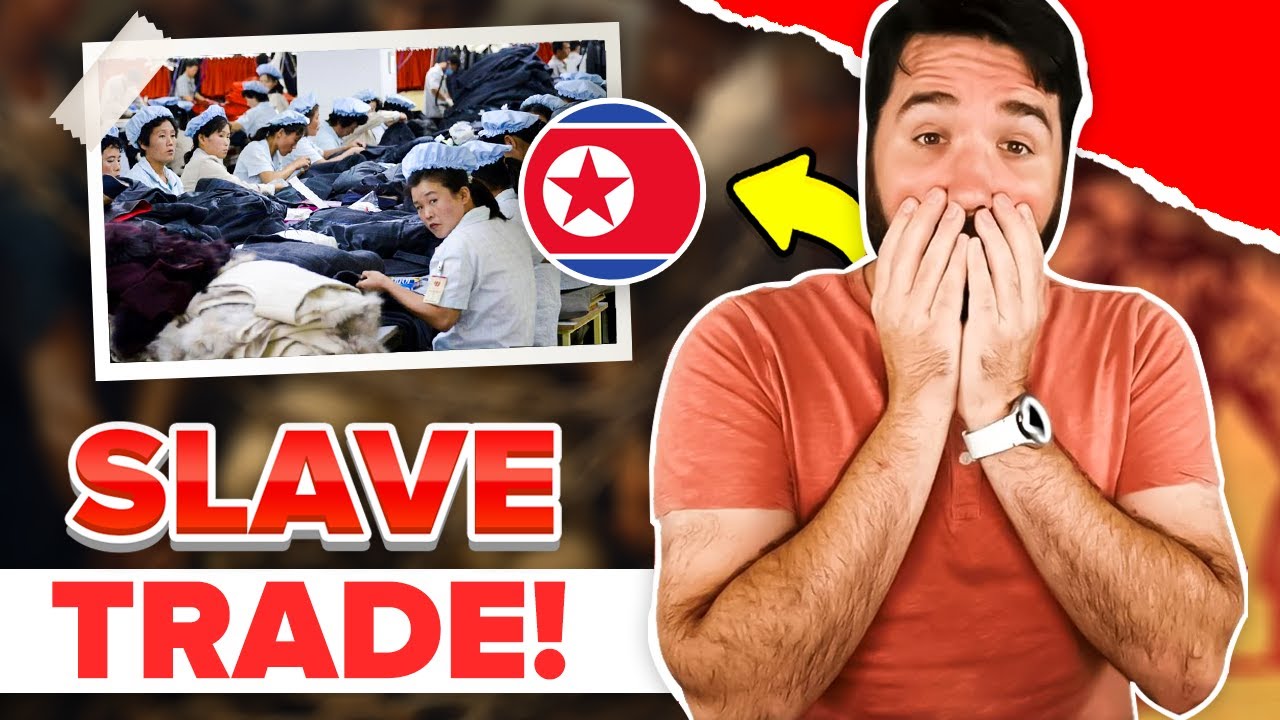
Kuwait (55,000 People)
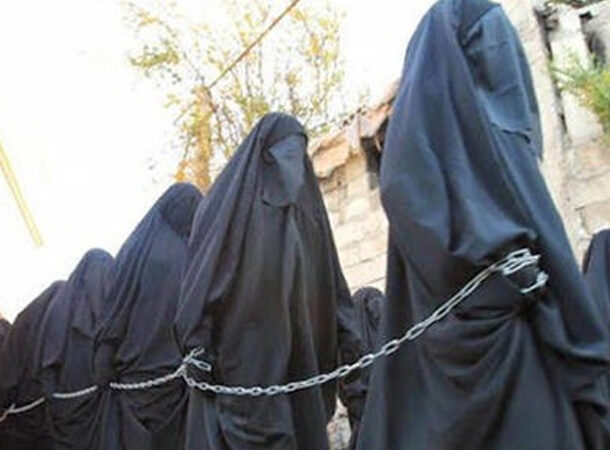 https://www.walkfree.org/global-slavery-index/findings/regional-findings/arab-states/
https://www.walkfree.org/global-slavery-index/findings/regional-findings/arab-states/ You do not want to be a migrant worker in Kuwait. Unpaid or delayed salaries, passport confiscation, excessive labor hours, terrible living circumstances, physical and sexual abuse, and restrictions on freedom of travel are just a few examples of what the workers must endure. Deceptive recruitment agency techniques routinely lock workers in debt bondage, making it impossible for them to leave their employment due to contractual obligations. While Kuwait has taken steps to address these issues in response to international pressure, there are still obstacles to totally abolishing modern-day slavery. The complicated network of recruitment agencies, labor brokers, and employers make it difficult to hold perpetrators accountable and efficiently enforce labor regulations.
Cambodia (83,000 People)
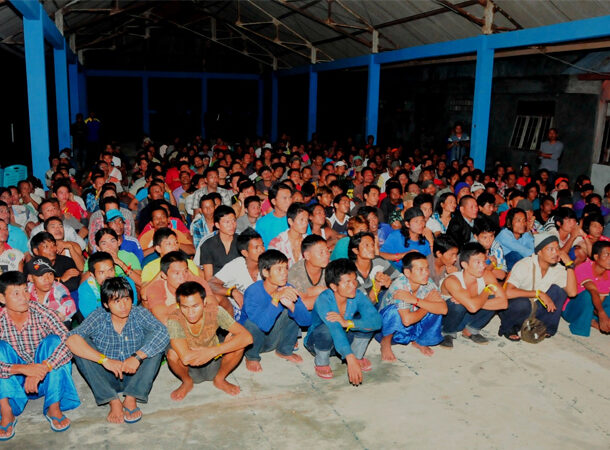 https://www.dw.com/en/cambodia-human-trafficking-crisis-driven-by-cyberscams/a-63092938
https://www.dw.com/en/cambodia-human-trafficking-crisis-driven-by-cyberscams/a-63092938 Cambodia has transformed itself in recent times to not only be a source of human trafficking but one of Southeast Asia’s major trafficking destinations. They are also leading the way in trafficking humans through online or cyberscams. Foreigners are targeted through social media platforms, where they get lured to Cambodia with promises of well-paying jobs and affordable accommodation. Scammers establish relationships with victims, offering love and wealth before abruptly cutting off contact and taking their money. The method is called “pig butchering,” and its victims usually end up enslaved and coerced into participating in the scams. We should probably mention that many scammers were once victims themselves, deceived with false job offers or through kidnappings.
Libya (100 000 People)
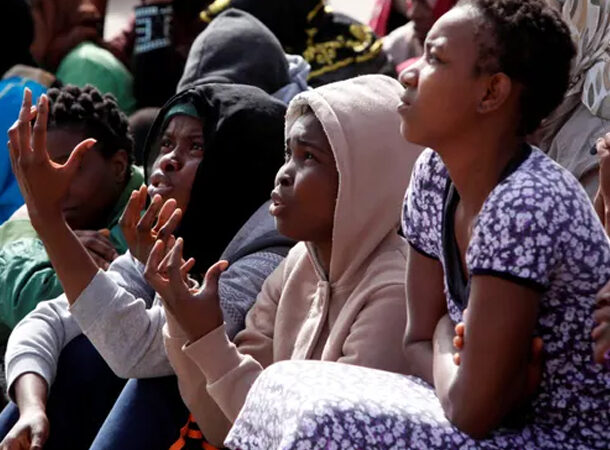 https://www.cnn.com/2017/11/14/africa/libya-migrant-auctions/index.html
https://www.cnn.com/2017/11/14/africa/libya-migrant-auctions/index.html In 2016, approximately 1.130% of Libya’s population lived in modern slavery. Today that figure is much worse. Migrants and refugees often get trapped in Libya while trying to reach Europe. According to some estimates, there could be up to a million men and women in Libya’s unregulated detention centers and prisons. Here, these refugees endure horrible conditions, facing not only the danger of physical abuse and sexual assault but also the horrifying possibility of being sold as slaves, either in a market or online. In 2017, CNN uncovered the shocking truth of online slave auctions in Libya, causing a global uproar and igniting countrywide protests.
In the disturbing cell phone footage later released, the world watched in horror as two young men were sold for around $400 each. Following CNN’s report, the Libyan government announced the launch of a formal investigation into this issue.
South Sudan (115,000 People)
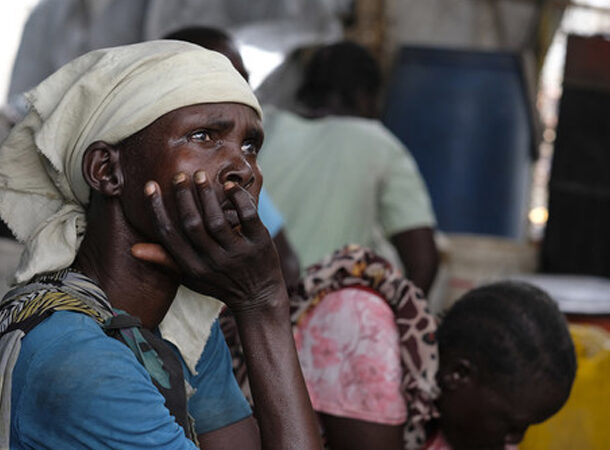 https://www.hart-uk.org/blog/slavery-in-south-sudan/#:~:text=Even%20though%20slavery%20in%20Sudan,successful%20military%20coup%20in%201989
https://www.hart-uk.org/blog/slavery-in-south-sudan/#:~:text=Even%20though%20slavery%20in%20Sudan,successful%20military%20coup%20in%201989 Slavery in Sudan was abolished in 1924 but resurfaced under the National Islamic Front (NIF) after its rise to power in 1989. The NIF used slavery as a weapon of war, targeting black, ethnically African Sudanese, and Southern Sudanese regardless of religious beliefs. Raids in predominantly Black African areas resulted in killings of men and abduction of women and children. The abducted individuals were often forced into Islamification or Arabization. They were treated as second-class citizens, given new names, and subjected to physical and sexual abuse. Any children born to these slaves would become slaves, perpetuating the atrocities.
This policy of ethnic-based slavery was prevalent under President Omar al-Bashir and, is a practice that continues to this day wherever conflicts and instability arise.
United Arab Emirates (132,000 People)
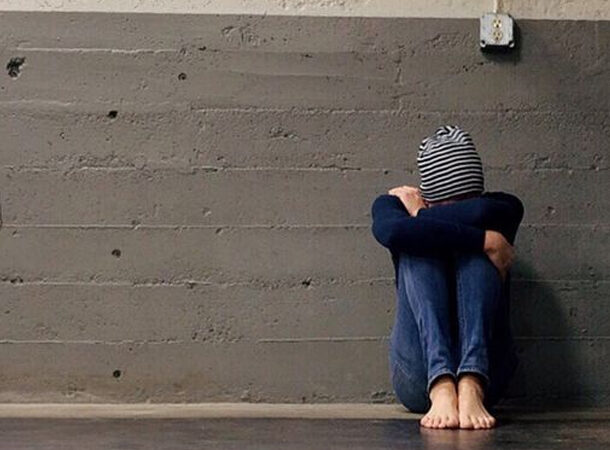 https://nycfpa.org/05/12/reportmodern-day-slavery-in-dubai/
https://nycfpa.org/05/12/reportmodern-day-slavery-in-dubai/ Despite being portrayed as a picturesque and prosperous destination with a plethora of job opportunities, the UAE conceals a grim truth behind its romanticized facade – the prevalence of modern-day slavery. Human traffickers actively target women and teenagers from Central Asia, South and Southeast Asia, West Asia, Africa, and Eastern Europe, alluring them to the UAE with the promise of lucrative employment. However, upon arrival, these individuals are subjected to sexual exploitation and are stripped of any means to contact their loved ones. Although the government has not released official data on forced sexual exploitation or other forms of modern slavery, 18 out of the 23 convicted traffickers have been found guilty of sexual exploitation in 2021.
Eritrea (316,000 People)
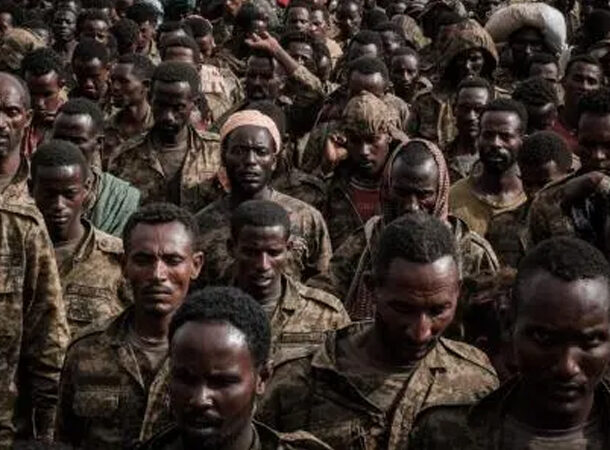 https://www.aljazeera.com/economy/2023/5/24/modern-slavery-most-common-in-north-korea-eritrea-report-says#:~:text=By%20this%20benchmark%2C%20reclusive%20and,to%20make%20hereditary%20slavery%20illegal
https://www.aljazeera.com/economy/2023/5/24/modern-slavery-most-common-in-north-korea-eritrea-report-says#:~:text=By%20this%20benchmark%2C%20reclusive%20and,to%20make%20hereditary%20slavery%20illegal Eritrea has one of the highest prevalences of modern slavery in the world. 9% of its total population is affected, which boils down to roughly 320,000 people. We know that doesn’t sound like a lot compared to other parts of the world. However, it becomes truly heartbreaking when you realize Eritrea’s slaves are its very own youth. The Eritrean government enforces a compulsory national conscription program, compelling citizens aged 18 to 40 to serve in the military, often performing non-military work. This conscription has no set duration, and individuals have been known to serve for decades under the government’s control. As a result, an estimated 15% of the population, primarily those under 40, flee the country to evade conscription, exposing themselves to additional risks of exploitation.
Ethiopia (727,000 People)
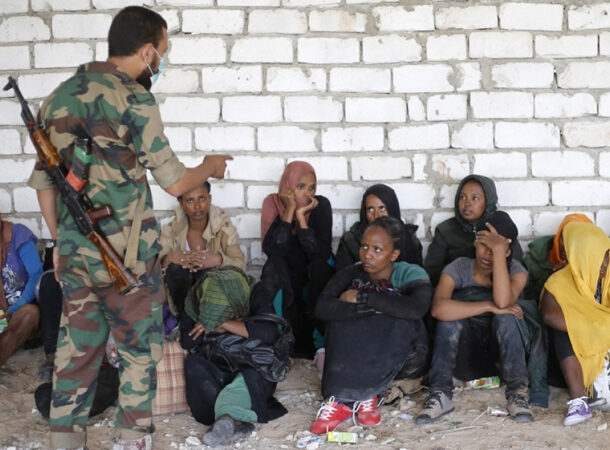 https://www.walkfree.org/news/2019/ethiopia-the-worlds-fastest-growing-economy-and-land-of-opportunity-or-another-sub-saharan-hotbed-for-slavery/
https://www.walkfree.org/news/2019/ethiopia-the-worlds-fastest-growing-economy-and-land-of-opportunity-or-another-sub-saharan-hotbed-for-slavery/ Due to a host of unfavorable conditions, Ethiopia has become a breeding ground for modern slavery, leaving its people at a heightened risk. A combination of meager salaries, soaring unemployment rates, gender-based violence, and cultural prejudice has resulted in over 1,700 Ethiopian women fleeing to the Middle East each day in hopes of securing a brighter future. Tragically, many of these women end up being victimized by domestic servitude and forced into sex work. The situation is further exacerbated by Ethiopia’s significant refugee population and ongoing ethnic conflicts, which only serve to amplify the risk of slavery during times of upheaval and displacement.
Saudi Arabia (740,000 People)
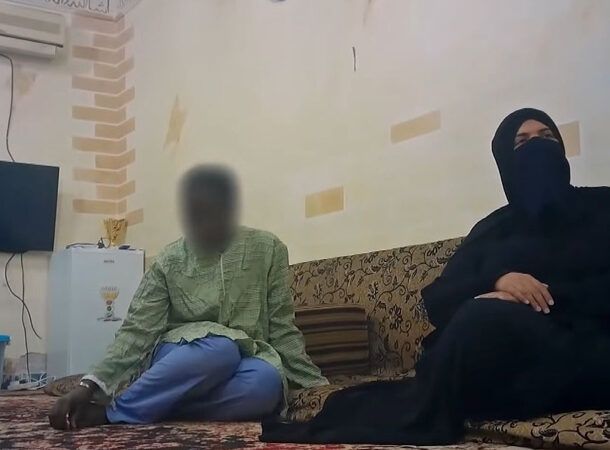 https://www.axios.com/2023/05/25/modern-slavery-countries-rank-list-forced-labor
https://www.axios.com/2023/05/25/modern-slavery-countries-rank-list-forced-labor When it comes to slavery, Saudi Arabia has a startling vulnerability rate of 46.3%. The country’s sponsorship system, known as “kafala,” is, in fact, the most restrictive in the Gulf region. Under this system, employers can hire workers from regions such as Africa and South Asia, confiscate their passports, and exercise complete control over their freedom to leave the country or change jobs. Unfortunately, thousands end up in this trap. Reports from the U.S. Department of State reveal that within the past five years, traffickers posing as labor brokers have coerced semi-skilled adults, primarily from South and Southeast Asia and East Africa, into migrating to Saudi Arabia for work in construction, agriculture, and domestic service. However, upon arrival, these individuals are subjected to isolation and substandard working conditions that significantly increase the risk of forced labor. Women, in particular, are highly vulnerable to forced domestic service, and once confined within private residences, they endure unimaginable horrors inflicted by their employers.
Philippines (784,000 People)
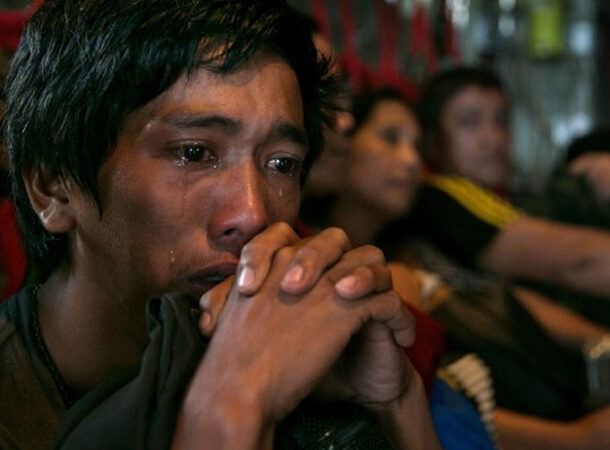 https://freetheslaves.net/our-work/where-we-work/philippines/
https://freetheslaves.net/our-work/where-we-work/philippines/ The Philippines is confronted with severe human trafficking challenges, both as a source country and, to a lesser extent, a destination and transit country for victims of trafficking, including men, women, and children. Every year, more than 1 million Filipinos venture abroad in search of employment opportunities. Because of the country’s struggling socioeconomic conditions, a significant percentage of the population is vulnerable to local and international trafficking. These victims are frequently recruited from rural regions and transported to urban locations around the Philippines. Exploitation affects both children and adults and includes debt bondage and forced labor in industries such as agriculture (including tobacco, sugar cane, and banana plantations), small-scale manufacturing, fishing, and even as child domestic employees in private homes.
Afghanistan (836,000 People)
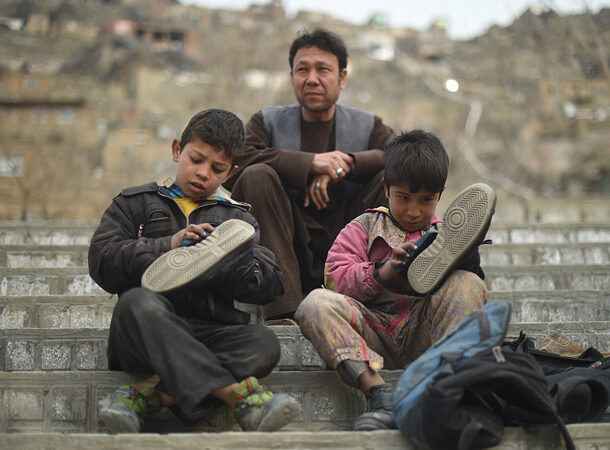 http://www.savethechildren.org/atf/cf/%7B9def2ebe-10ae-432c-9bd0-df91d2eba74a%7D/afghanistan_children.pdf
http://www.savethechildren.org/atf/cf/%7B9def2ebe-10ae-432c-9bd0-df91d2eba74a%7D/afghanistan_children.pdf The modern slavery situation in Afghanistan is truly devastating. Close to 20% of all Afghan children are required to work and earn money for their families, but they do so in environments where starvation, forced marriages, and sexual assault are all too common. In Kabul, over 50,000 children are out on the streets, polishing shoes, working in businesses, and begging. Criminals will often oversee the children’s incomes and call it an adoption procedure on paper, but in practice, it’s a type of debt slavery. To make matters worse, Taliban fighters often kidnap young girls, and it’s not a new occurrence to read stories in the news about people selling one of their own children to be able to support others.
Democratic Republic of the Congo (1 Million People)
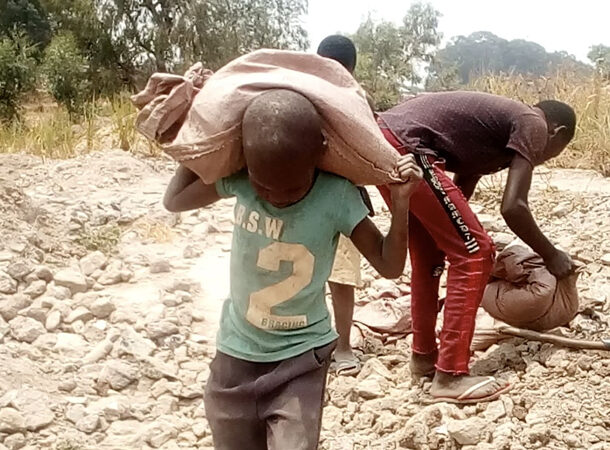 https://www.npr.org/sections/goatsandsoda/2023/02/01/1152893248/red-cobalt-congo-drc-mining-siddharth-kara
https://www.npr.org/sections/goatsandsoda/2023/02/01/1152893248/red-cobalt-congo-drc-mining-siddharth-kara The DRC is highly vulnerable to modern slavery in Africa due to ongoing conflicts within the country. It is believed that 4.5 people out of every thousand in the country are affected by slavery. That number is already chilling until you realize it does not include children recruited into armed conflicts, a well-known problem in the DRC.
Forced labor also occurs in agriculture, domestic service, and mining sectors. Workers in industrial cobalt mines face challenges such as low wages, absence of contracts, insufficient food, abuse, and discrimination. Tragically, children are often favored for mining activities, including gold, tin ore, tantalum ore, and tungsten ore mining.
United States (1.1 Million People)
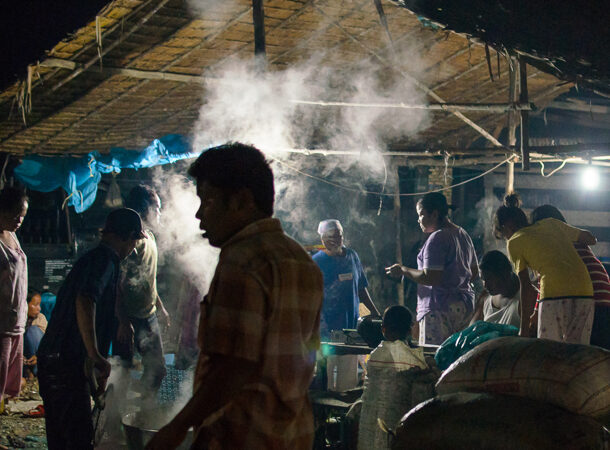 https://www.walkfree.org/global-slavery-index/country-studies/united-states/
https://www.walkfree.org/global-slavery-index/country-studies/united-states/ It may surprise you that the United States features on our list. It surprised even us, but the numbers don’t lie. Yes, modern slavery in the United States may be relatively low compared to other countries. But, it’s important to note that the total number of people living in modern slavery is the highest among all countries in the region. The United States is particularly vulnerable to modern slavery because of its discrimination and treatment of migrants and minorities, irregular migration, and organized crime on the U.S.-Mexico border. And poverty only exacerbates the problems. Apart from all these factors, America also uses forced labor in its prisons, and there is no sign that it’ll end soon.
Russia(1.2 Million People)
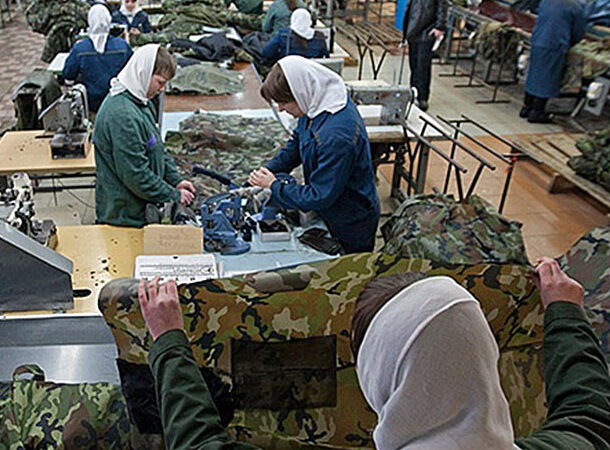 https://thewire.in/rights/50-million-people-trapped-in-modern-slavery-report
https://thewire.in/rights/50-million-people-trapped-in-modern-slavery-report Every year, an estimated four million workers migrate to Russia, and while many travel legally, this mass migration also creates opportunities for traffickers to exploit vulnerable individuals. Traffickers lure potential victims by promising necessary documents for crossing borders and lucrative job opportunities, only to trap them in forced labor by withholding documents, withholding wages, and subjecting them to physical or psychological abuse. While migrants from Central Asia are particularly affected, organized trafficking rings also often exploit men and women from Nigeria and other African countries.
Indonesia (1.2 Million People)
 https://www.internationalaffairs.org.au/australianoutlook/the-hidden-experiences-of-modern-slavery-victims-in-indonesia/
https://www.internationalaffairs.org.au/australianoutlook/the-hidden-experiences-of-modern-slavery-victims-in-indonesia/ Extensive research has highlighted Indonesia’s worrisome incidence of modern slavery, particularly in the plantation sector, the fishing industry, and domestic labor. The palm oil industry, which operates in Indonesia and neighboring Malaysia, is one sector that significantly contributes to the exploitation of Indonesians. This industry plays a major role in perpetuating contemporary slavery, with laborers subjected to poor working conditions and forced labor. Even more depressing is that the sexual exploitation of women and children for economic motives is an equally severe concern throughout the Indonesian archipelago.
Iran (1.2 Million People)
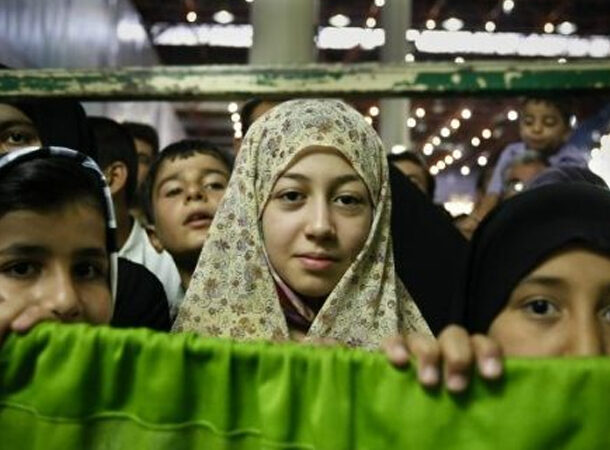 https://women.ncr-iran.org/2018/09/19/modern-slavery-brief-study-human-trafficking-iran/
https://women.ncr-iran.org/2018/09/19/modern-slavery-brief-study-human-trafficking-iran/ Modern slavery takes many forms and, as we’ve mentioned before, can include child labor, forced labor, forced marriage, and human trafficking. Iranians are exceptionally vulnerable to all of the above – especially when coming from a poor neighborhood where only a handful; of employment and education opportunities exist.
To make the situation even worse, Iranians who leave the country seeking a better life often end up in the clutches of human traffickers in neighboring countries. Although official meddling makes accurate information challenging, current research indicates that women constitute the majority of victims involved in human trafficking within Iran.
Uzbekistan (1.2 Million People)
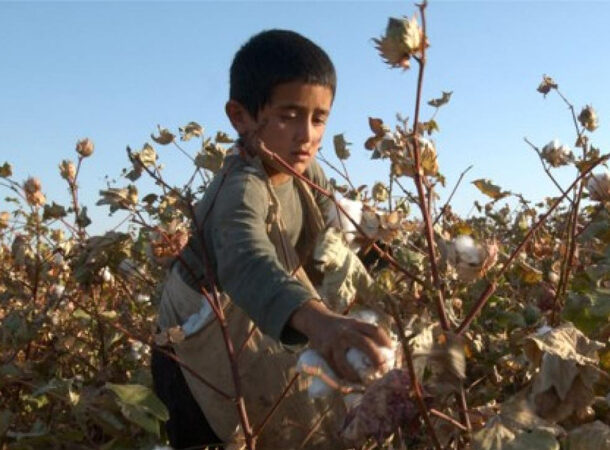 https://eurasianet.org/uzbekistan-has-second-highest-prevalence-of-modern-slavery-in-the-world-report#:~:text=The%20West%2DAfrican%20nation%20of,percent%2C%20or%201.2%20million%20people
https://eurasianet.org/uzbekistan-has-second-highest-prevalence-of-modern-slavery-in-the-world-report#:~:text=The%20West%2DAfrican%20nation%20of,percent%2C%20or%201.2%20million%20people Uzbekistan shines in its spot at number ten due to the government’s extensive use of forced labor for cotton harvesting. Despite the government’s denial of forced labor as an official policy – they claim that citizens “willingly engage” in a traditional form of voluntary work called “khashar” – the reality is that local administrations, teachers, factory workers, state employees, and even doctors are forced into leaving their regular jobs for weeks during the autumn to pick cotton, often with insufficient compensation. Any who refuse to participate face threats of punishment and even dismissal from their state-sector jobs. Although international organizations try to monitor the situation, the government fails to adequately reimburse the workers and neglects implementing suitable safety precautions.
Türkiye (1,3 Million People)
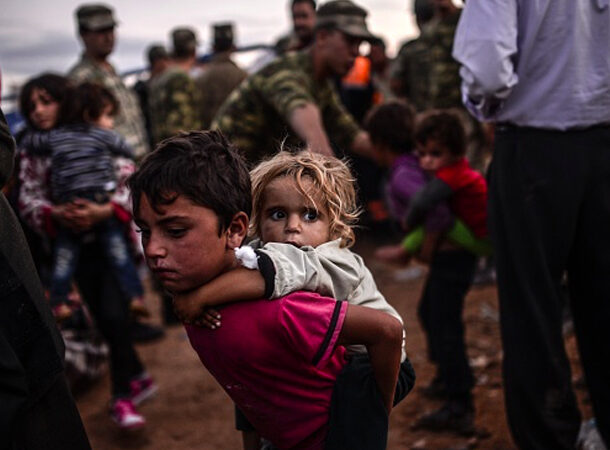 https://www.walkfree.org/global-slavery-index/country-studies/turkiye/
https://www.walkfree.org/global-slavery-index/country-studies/turkiye/ Although slavery is prohibited in Turkey, the country faces multiple issues related to human trafficking, mainly owing to the influx of asylum seekers from conflict zones such as Syria. The ongoing conflicts and instability in adjacent countries have significantly impacted Turkey, which is both financially and politically stable. Turkey’s strategic location at the crossroads of Asia, the Middle East, and Europe makes it an attractive transit route for migration and human trafficking, particularly to wealthier European countries. Still, it is also becoming more popular as a destination country and ranks ninth on today’s list. Unfortunately, Turkey takes very little action to address the ongoing issues effectively.
Bangladesh (1.5 Million People)
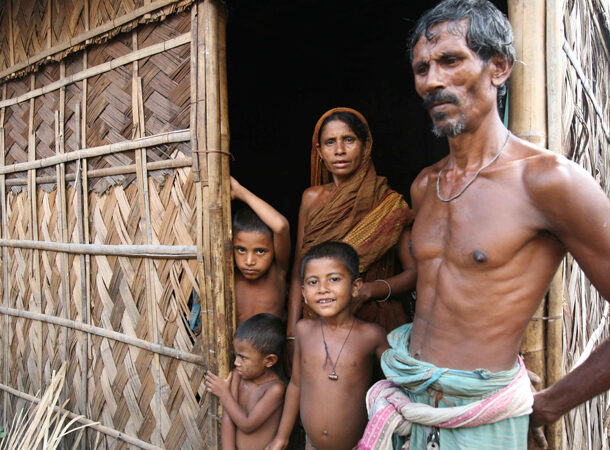 https://www.thedailystar.net/world/south-asia/bangladesh/infographics-bangladesh-10th-most-modern-slave-served-country-global-slavery-index-2016-big-data-1446466
https://www.thedailystar.net/world/south-asia/bangladesh/infographics-bangladesh-10th-most-modern-slave-served-country-global-slavery-index-2016-big-data-1446466 Despite its beautiful scenery, Bangladesh faces a terrible reality. Millions of people are trapped in bonded labor in its rural areas despite the practice being illegal. As they struggle to repay loans, entire families, including children, find themselves bound to their employers. The most unfortunate aspect of all of this is that it frequently goes unreported. Forced labor accounts for 80% of modern slavery in Bangladesh, while forced marriages account for 20%. Poverty, natural catastrophes, and government corruption also intensify Bangladesh’s vulnerability to modern slavery within Asia.
Nigeria (1.6 Million People)
 https://www.walkfree.org/global-slavery-index/country-studies/nigeria/
https://www.walkfree.org/global-slavery-index/country-studies/nigeria/ Nigeria is the most populous country in Africa and, unfortunately also has the highest number of modern slaves in sub-Saharan Africa. Slavery in Nigeria includes forced labor in homes, forced labor, and forced marriage. Like everywhere else in the world where modern slavery exists, children suffer the most. In Nigeria, they’re forced into various forms of labor, such as agriculture, domestic servitude, and even child soldiers in war. These children are also used to help criminals in dangerous mining activities and are exposed to extreme risks due to the physically demanding work and other dangers.
North Korea (2.6 Million People)
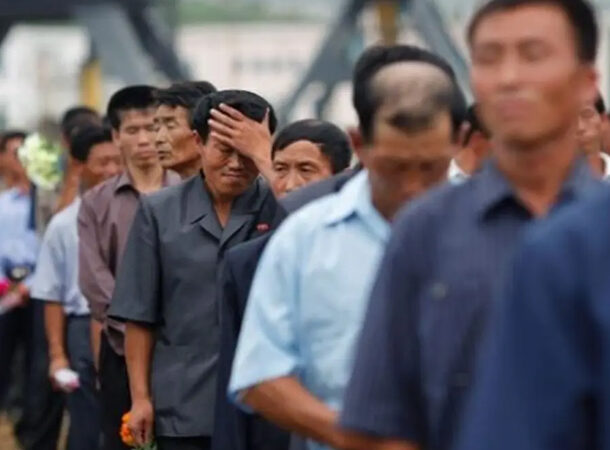 https://www.washingtonpost.com/news/worldviews/wp/2018/07/19/north-korea-has-2-6-million-modern-slaves-new-report-estimates/
https://www.washingtonpost.com/news/worldviews/wp/2018/07/19/north-korea-has-2-6-million-modern-slaves-new-report-estimates/ The government of North Korea has done little to criminalize modern slavery. People of all ages are subject to forced labor while their government says they are “living in a socialist paradise.” One in twenty North Koreans is enslaved. Although the country does not have the highest total number of slaves, it does have the highest concentration of forced labor. Adults were sometimes forced to work 70 to 100 days in a row, and faced punishment or decreased food rations if they disobeyed orders. Even absence from work is not permitted, and could result in harsh punishment.
Mauritania (3.4 Million People)
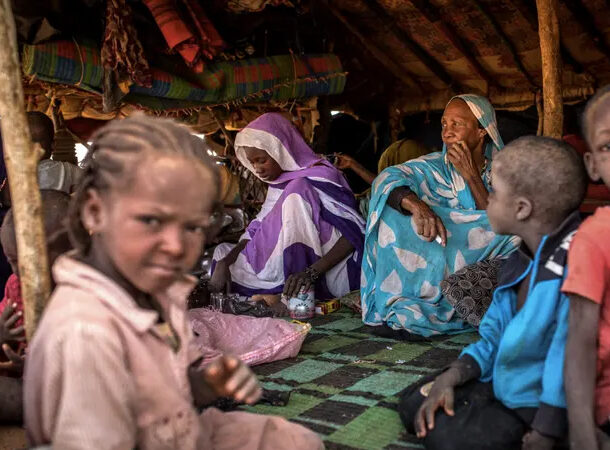 https://idsn.org/key-issues/caste-based-slavery/caste-based-slavery-in-mauritania/
https://idsn.org/key-issues/caste-based-slavery/caste-based-slavery-in-mauritania/ In 1981, Mauritania became the last country worldwide to abolish slavery. However, despite passing legislation in 2007 to punish everyone involved, up to 20% of the population still experiences its impact on a daily basis. Within the population, one in every two Haratines – an ethnic minority – is still forced into labor without the possibility of freedom, education, or even fair compensation. The roots of slavery in Mauritania can be traced back to the historical establishment of a rigid caste system through raids conducted by Arabic-speaking Moors. In this system, darker-skinned individuals are subjugated to their lighter-skinned “masters,” and the cycle of slavery is perpetuated across generations. Anti-slavery activists, who strive to eradicate this injustice, face regular abuse and detention.
Pakistan (3.19 Million People)
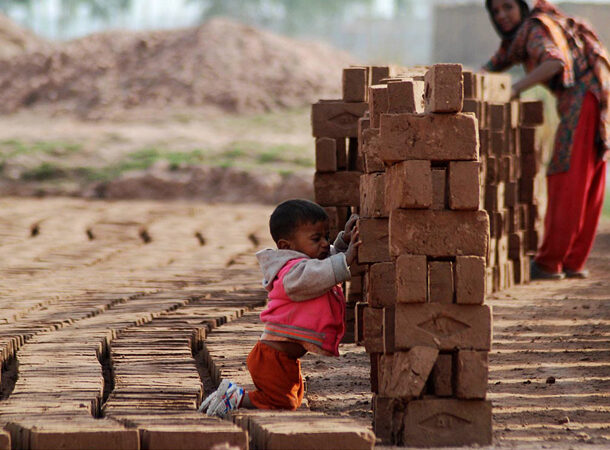 https://www.pakistantoday.com.pk/2023/04/13/modern-day-slavery/#:~:text=According%20to%20the%20Global%20Slavery,in%20modern%20slavery%20in%20Pakistan
https://www.pakistantoday.com.pk/2023/04/13/modern-day-slavery/#:~:text=According%20to%20the%20Global%20Slavery,in%20modern%20slavery%20in%20Pakistan Close to 3.2 million people find themselves locked into slavery in Pakistan. These modern-day slaves, predominantly women, and children, are exploited for sexual and forced labor. Apart from the agricultural sector, brick-making and domestic work are some of the most typical incentives that lead to human trafficking in Pakistan. Apart from slaves, these sectors exploit roughly 12.5 million children between the ages of 5 and 14 for cheap labor. The vulnerable children face an alarming risk of exploitation, abuse, and becoming victims of human trafficking and smuggling. Yet, somehow the government still needs to develop adequate measures to protect them from harm.
Burundi (4.7 Million People)
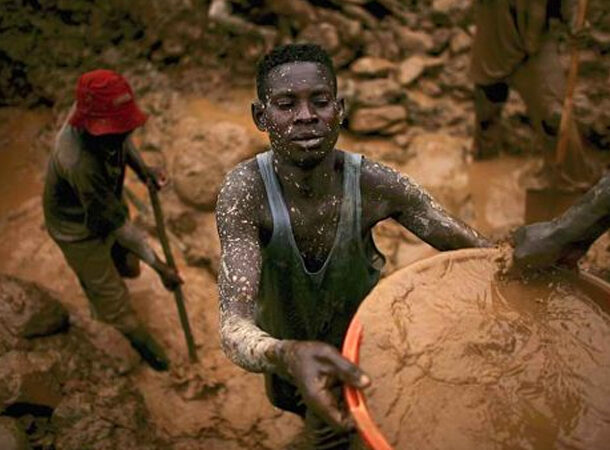 https://www.thewhy.dk/news/a-woman-captured-a-burundian-reality
https://www.thewhy.dk/news/a-woman-captured-a-burundian-reality Burundi claims the number 3 spot on today’s list when it comes to the sheer number of people living in modern slavery, with a startling 4 in 10 Burundians falling prey to the practice. An ongoing internal conflict continues to fuel the recruitment of child soldiers, which in turn increases trafficking activities and worsens matters of sexual and labor exploitation. Ethnic violence and political crises have resulted in widespread human smuggling, which exposes the most vulnerable to violence, abuse, and other forms of exploitation. Perhaps the most depressing aspect of Burundi’s slave trade is the lack of government response and action, which allows the perpetrators to operate with impunity, escaping exposure and punishment.
China (5.8 Million People)
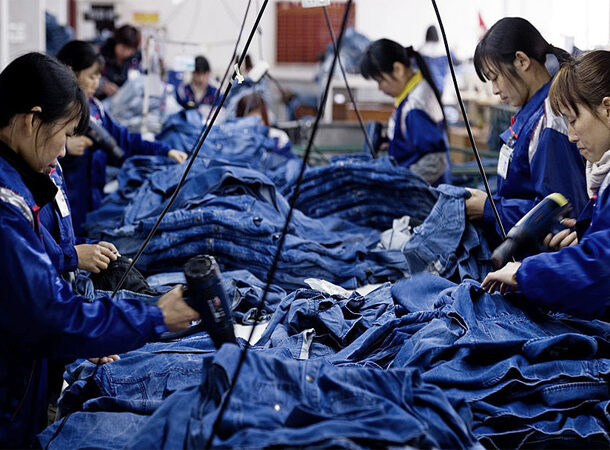 http://money.cnn.com/2016/08/11/news/modern-slavery-china-india/index.html
http://money.cnn.com/2016/08/11/news/modern-slavery-china-india/index.html China’s heavy reliance on the exportation of goods and raw materials surpasses even that of India. This means that, sadly, forced labor is widespread across various industries in China. Impoverished families migrating from rural to urban areas in search of work are particularly vulnerable to exploitation by traffickers. This often leads to families being separated, with young boys being sold to families without sons, perpetuating cycles of exploitation. Girls endure sex slavery or forced marriages, highlighting the dire circumstances faced by victims of modern slavery in China. Unfortunately, the convergence of economic factors, migration, and gender-based vulnerabilities only intensifies this issue
India (18.4 Million People)
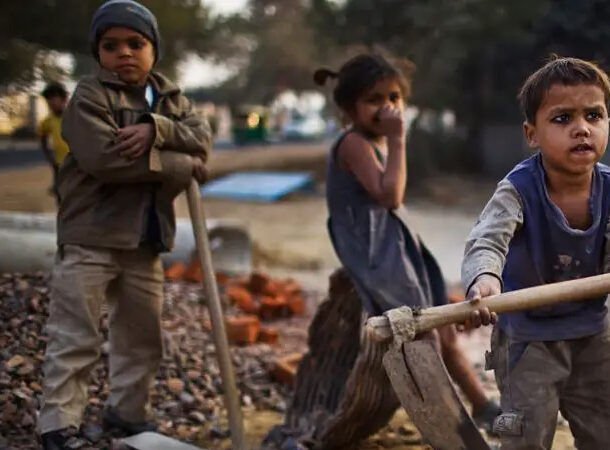 https://scroll.in/article/898862/india-is-home-to-the-worlds-largest-slave-population-yes-slavery-still-exists
https://scroll.in/article/898862/india-is-home-to-the-worlds-largest-slave-population-yes-slavery-still-exists India, unfortunately, takes the spot at number one on today’s list as the country has the highest number of slaves in the world. Modern slavery in India exists in various forms, from forced domestic service, forced begging, commercial sexual exploitation, and forced marriage to coerced recruitment into the armed services. Adding to this problem is India’s booming economy, which has resulted in hundreds of thousands of modern slaves working in factories that produce goods for export. 18.4 Million men, women, and children are trapped in this vicious cycle and have to survive grueling hours of work without adequate compensation or even the most fundamental rights.



























